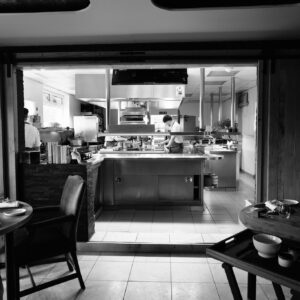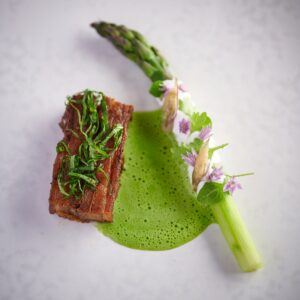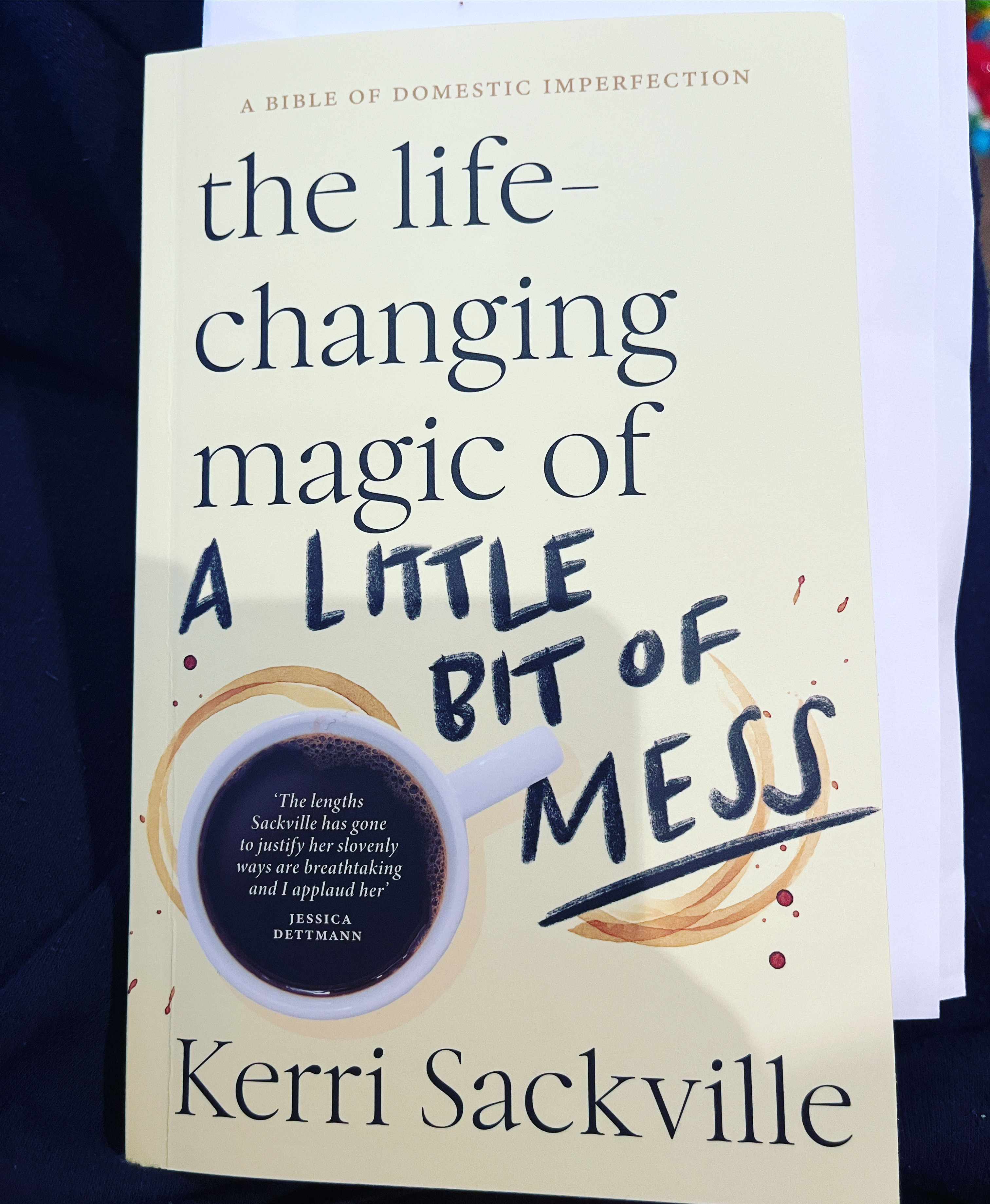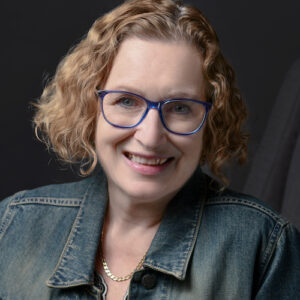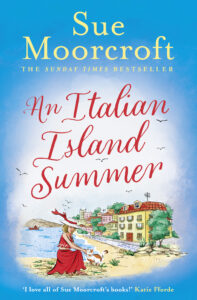A Midsummer Night’s Dream is fundamentally a play about things not being what they seem and how they are transformed by moonlight, by love, by magic. So, quite frankly, where could one find a more appropriate setting for Figure’s production than Holland Park as evening fell.
Magic at any level is particularly tricky, but where better for Figure to create that kind of atmosphere than in a large tent in the park with dusk falling on stage, at the same time as it did outside in the park. There you go – it could almost be the woods outside Athens…
The stage wraps itself around the orchestra pit, and the actors used it to great effect in this energetic production. Lengths of billowing or taut white material became trees in the forest, columns in the palace and even the embodiment of the dream state.
As is traditional, Theseus and Oberon and Hippolyta and Titania were played by the same two people, in this case Ray Fearon and Anna Leong Brophy, but additionally this cast had to work extremely hard as the Rude Mechanicals double up as the Fairies, and even Puck briefly becomes the Master of the Revels. This is a very physical performance and the cast give their all especially in the dance of the Mechanicals. Of course, they are all miked up and on the first night there were some teething problems with the sound, but these will doubtless be ironed out.
As they should, these Midsummer lovers, take centre stage, and I must give a special mention to Eleanor Sutton’s Helena, who missed no opportunity to flex her comedic muscles to the great amusement of the audience.
One thing that stays the same in this always changing world of ours is that Shakespeare’s work continues to appeal across the generations, and it seems as though Figure is succeeding in bringing new audiences to this play and for this they are to be congratulated. It was noticable that the audience appreciated that at the end of Act 3 the cast broke into a rendition of Marvin Gaye’s ‘Let’s Get it On.’ Figure is not afraid of following 19th Century classical music with 1970s soul.
Mendelssohn’s score, however, remains the star of the show, and I would love to have had more of it.That said, it would be difficult to see how this might be achieved without impacting on the running time. What I found particularly interesting was that the orchestra performed on musical instruments modelled on those used in the 19th century at similar performances. This added yet more magic to this production as darkness well and truly fell over the park.
The orchestra, the sopranos: Rowan Pierce and Madison Nonoa, and the chorus were undoubtedly on top form and fully deserved the enthusiastic applause given by an appreciative audience who were left wanting more.
Images courtesy of Nick Rutter

















